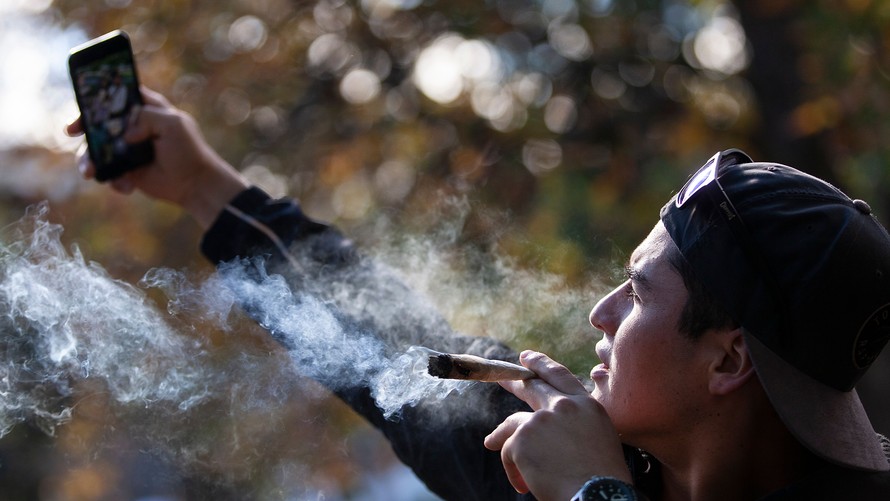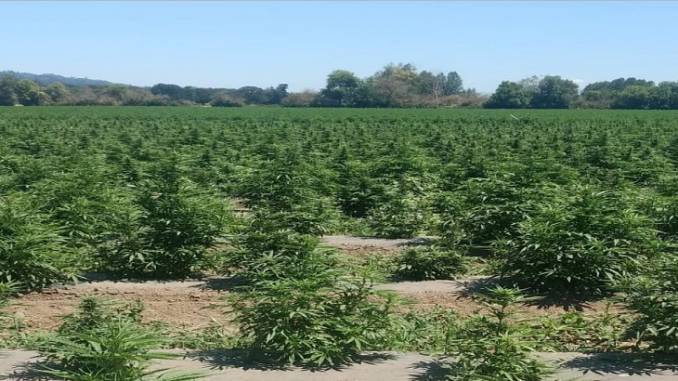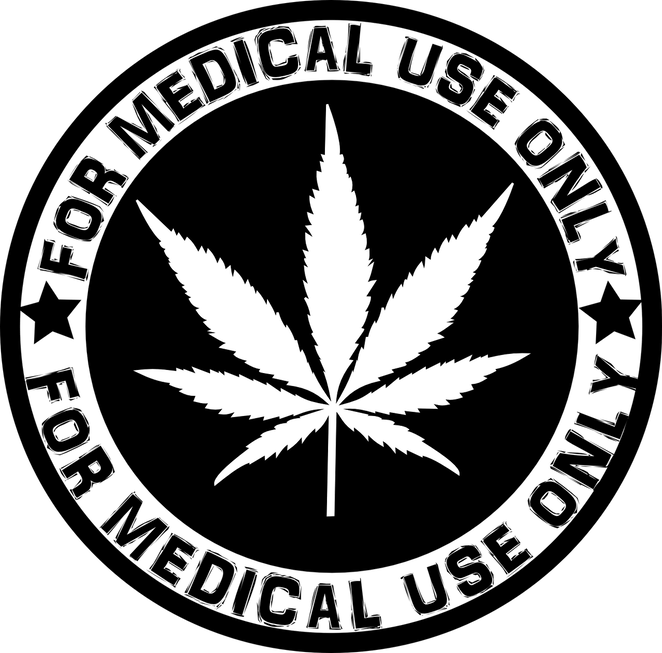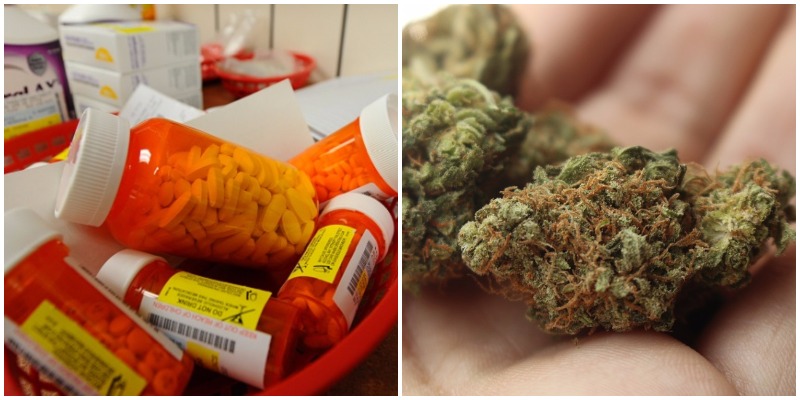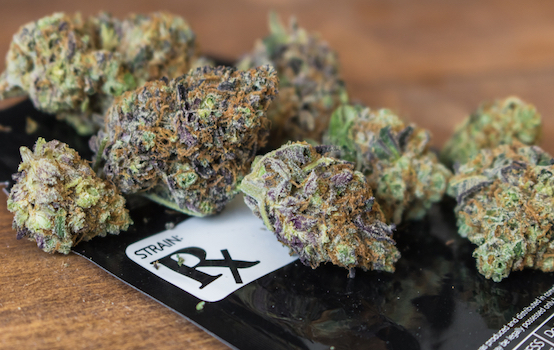The Promise of Medical Marijuana for Opioid Addiction
Opioid addiction is a real epidemic in our nation, with the numbers growing every year. We hear about the heroin addiction tragedies every day on the news, but addiction to prescription opioid painkillers is an equally large problem, destroying thousands of lives every day. In light of this serious problem, more and more medical professionals are turning towards a potentially untapped resource in treating those suffering from these addictions: marijuana.
As cannabis becomes decriminalized and even legalized for medical purposes in states across the nation, scientists are exploring its possible use to treat the addiction epidemic. Explore the potential for medical marijuana as a possible treatment for opioid addiction, and what the future of cannabis may be, in health and medicine.
Studies on Medical Marijuana and Opioid Addiction
A number of studies and review articles in publications such as Trends in Neurosciences, Addiction Biology, Journal of Neuroscience and other respected science and medical journals, have undertaken medical marijuana studies in recent months and years. While the information is preliminary, all of these reports and studies lay an important foundation to push for more studies and information regarding the possible therapeutic use and benefits of cannabis for a variety of reasons, and particularly opioid addiction.
The Evidence for Treatment
Part of the problem in collecting evidence is that marijuana remains a Schedule I drug under federal law, which creates something of a roadblock for conducting proper research. However, pre-clinical animal studies have demonstrated promising results in reducing the symptoms of opioid withdrawal and heroin-seeking.
In the Addiction Biology study, performed in 2017, cannabidiol (one of the main chemical components of cannabis) was shown to inhibit certain effects of morphine in rats. These effects create what are called “brain reward mechanisms” that are partially responsible for the sense of well-being one gains from opioids and the desire to seek out more.
The Journal of Neuroscience study demonstrated that cannabidiol helped to normalize impairment induced by heroine, which can reduce craving and desire for the drug. Among the few human studies is a pilot study, undertaken by the same team as the J Neuroscience study, which showed that cannabidiol can reduce cravings for heroin for up to a week after administering.
Cannabis as an Anxiolytic Drug
Most of the evidence so far, points to the indication that cannabis can serve to modulate the same receptor (the 5-HT1A receptor) that anxiolytic drugs — drugs used to reduce anxiety — do. The cannabidiol solution used in these studies, in fact, is a solution that is sometimes used to treat epilepsy in children.
The studies permit exploring cannabis treatment without the psychoactive substance THC. In this form, there is a very low risk for black market use and the medication remains safe as a part of treatments for opioid addictions.
Marijuana as a Safer Drug
Interestingly, though THC has been linked in some studies to a heightened risk for transitioning to opioids (the “gateway drug” theory), more recent early research is showing that even when used recreationally, marijuana may in fact help to offset and reduce the epidemic of opioid addiction. A report in the American Journal of Public Health from July 2016 indicates that among states that have legalized marijuana have seen a reduction in opioid painkiller prescriptions, overdoses, and DUI fatalities related to these drugs.
The early indications, as such, are that marijuana does indeed represent a “safer” drug even when used conventionally. While current data does still support a potential gateway effect later in life, among those who start using cannabis early, the findings are showing that it could be a safe replacement for “harder” more addictive drugs as there’s not a potential for overdose from cannabis.
The Government Needs to Get on Board
One of the biggest problems right now is that there is a Catch-22 in place regarding research. The federal government refuses to remove marijuana from its status as a Schedule I drug without solid evidence that it has legitimate medical use, but this solid evidence cannot be obtained without removing federal restrictions on obtaining marijuana.
In order to establish the necessary evidence, the government needs to do something that will allow for the use of marijuana in proper research. It becomes particularly baffling when one considers that with the proper permits, research institutions can indeed obtain certain opioids like cocaine for use in research purposes, while marijuana, a much less harmful substance, remains out of reach.
credit:theweedblog.com



